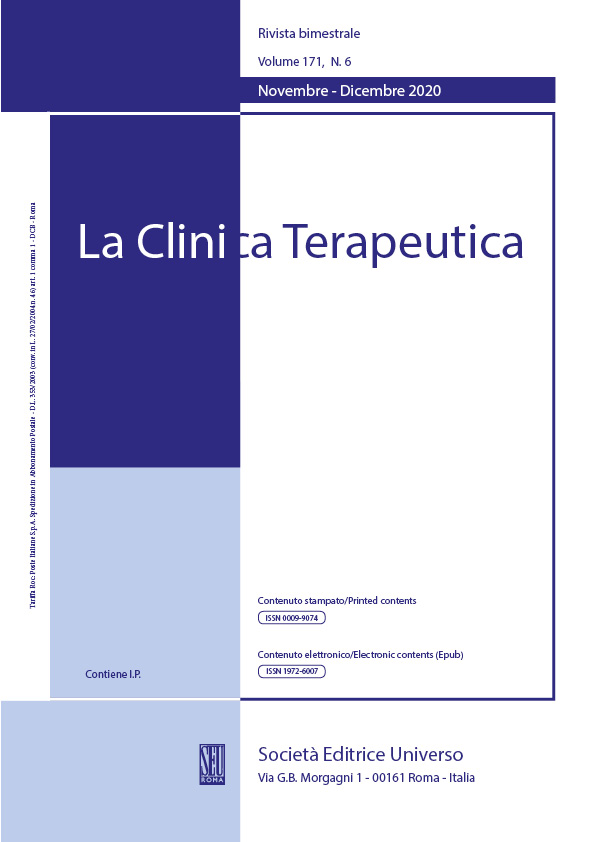Abstract
BACKGROUND: Hepatitis B virus (HBV) infection remains a major public health problem. The interaction between HBV and the host inflammatory response is an important factor contributing to liver damage and disease development. We compared the correlation between the subclinical index and PBMC (peripheral blood mononuclear cells) concentration in two groups of pregnant women in Vietnam (HBsAg positive), whose HBV DNA concentrations were different. METHODS: A multidimensional analysis was performed on data collected from 80 Vietnamese pregnant women and their babies (60/80 cord blood). RESULTS: When maternal viral load is higher than 5x107 copies/ml, the risk of being HBsAg positive in cord blood is 123% (RR=2.23 [1.48,3.36]); when viral load is lower than this baseline, the risk is decreased by 55% (RR=0.45 [0.30,0.67]) (p<0.001). In the high-viral-load group (HBV DNA ≥ 5x107 copies/ml), there was a strong correlation between CBMCs (cord blood mononuclear cells) and serum maternal hemoglobin concentration, maternal platelets, and maternal ALT. Their R values were -0.88, 0.82, and 0.84 with p=8.97x10-3, 2.41x10-2 and 1.75x10-1, respectively. CONCLUSIONS: We found a significant correlation shift of the subclinical index between the two groups, which may be important in diagnosing pregnant women with chronic hepatitis B virus infection.

